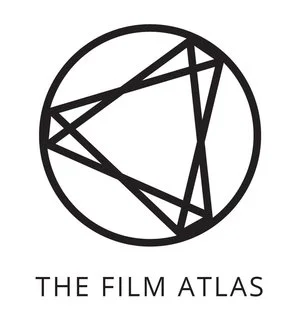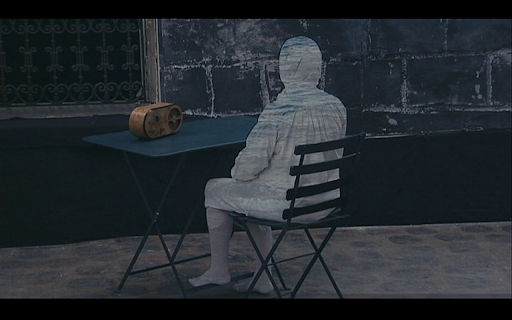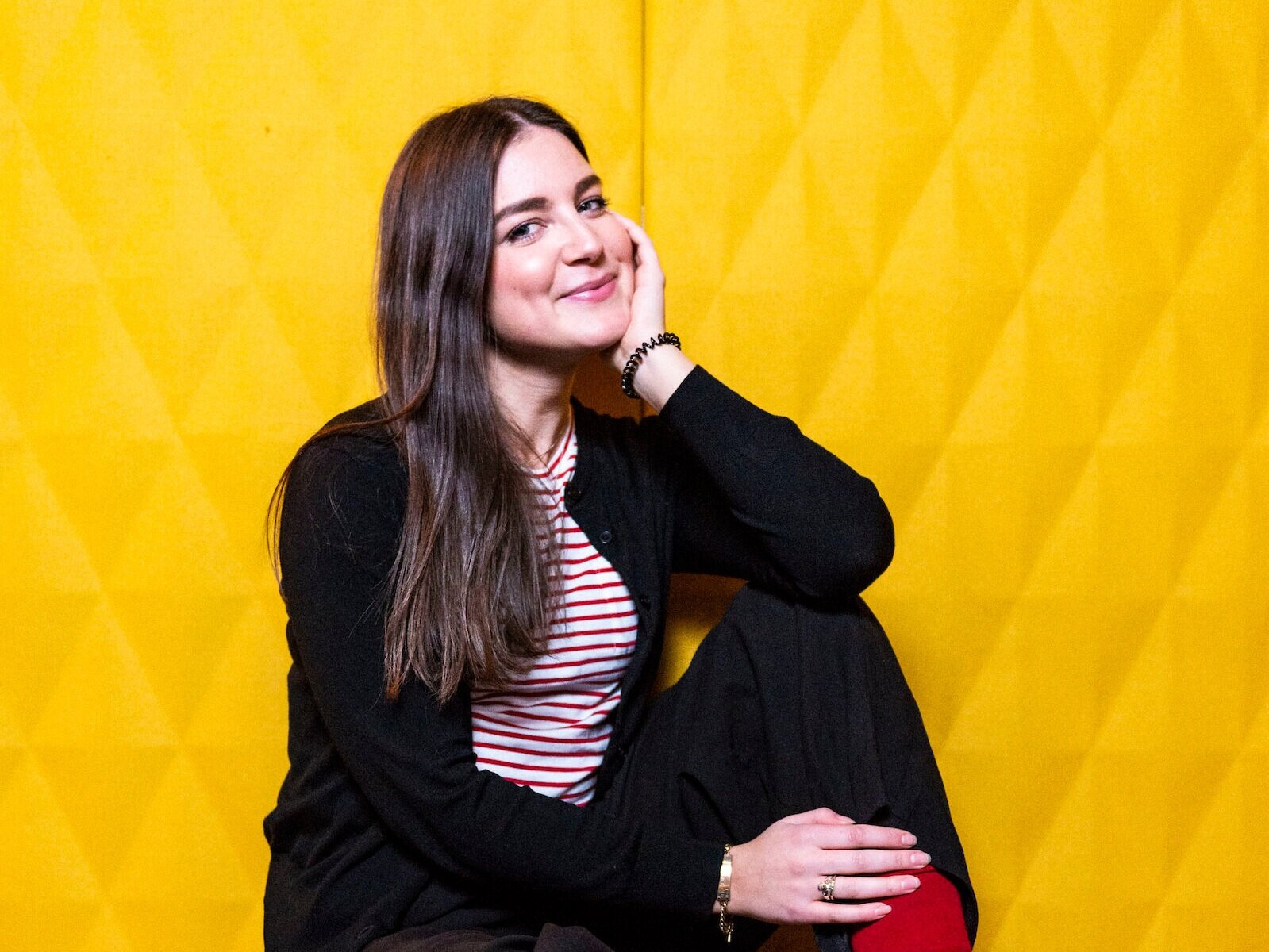A Time To Glean
By Daniele Iannucci | 14.02.2021
The Gleaners and I. Dir. Agnès Varda. 2000.
I have two memories of The Gleaners and I (2000), with the first having almost nothing to do with the film. It involves sitting behind the desk of an arthouse cinema in downtown Toronto, selling tickets to Agnès Varda’s films. A woman with a large bag full of collected items ambled into the building, walked up to our counter, pointed an accusatory finger at some of the film’s promotional material with Varda’s picture, and demanded to know who Varda was. One of my three co-workers kindly informed her that Varda was a renowned French filmmaker, but the woman became increasingly agitated, uttering conspiracy theories to accompany her frantic hand gestures until at last, she pointed at each one of us individually and said, “ape, ape, ape, ape.” She took one of the pamphlets and, as if nothing had happened, turned, and walked out the door. We were stunned. A week later, I was working a Sunday morning shift when the same woman came in. Expecting another scene, my heart rate rose, but instead, she calmly walked up to the desk, made some brief chit chat about Varda, and purchased a ticket to The Gleaners and I.
For those who are unfamiliar with it, The Gleaners and I is Varda’s investigation into the lost art of gleaning, sometimes referred to as foraging, picking or salvaging. Gleaning is all of those things and yet, if you asked an expert, it would likely be none of them. She examines gleaning in French society, and its all but forgotten position in the country’s historical, artistic, and cultural milieu. While Varda’s exploration offers some answers as to what gleaning is, it unearths more questions about the people and things that are forgotten or purposefully discarded. Sometimes it’s something as simple as unpicked potatoes, sometimes it’s the destitute and broken-hearted, and sometimes it’s a disregarded state of mind. After all, gleaning is about humility, the act of stooping, and the modesty associated with that gesture. In the case of Gleaners, Varda uses the film to investigate something we purposefully step over, and sometimes lack the humility to see: our own impermanence.
There’s a pastoral mortality to be found within the peacefulness of the fields and farms that Varda visits. The fields are cyclical. They are places of birth, growth, death, and rebirth — gleaning is a reminder of all of them. Though playful, the film is often meditative in its investigation into the inevitability of time and impermanence. She plainly presents this concept from the film’s earliest interview with outright sincerity. A farm owner Varda interviews, looking out at the fields she used to glean as a girl, glances back at the old building attached to her land and remarks, “I was born in that farmhouse and I’ll die there.” It’s a moment of unflinching fatalism that the woman completely accepts, without being totally cognizant of. It almost comes as a surprise to the woman herself as, immediately after, she acknowledges her words and confesses, “I’m mixed up, you’ve confused me now” before walking off to her house.
Varda makes it her mission to work towards recognizing and processing what that woman sees at the beginning of the film. At one point, Varda stands in front of the camera, sifting through the strands of her hair, laying bare for her viewer, and herself, the roots that have long ago turned grey. She remarks, “the end is near.” She traces this passage of time on her hands too, making sure the camera captures her study of and play with them. In her own words, her project is, “to film with one hand, the other hand. To enter into the horror of it”; to see, for better or worse, all the markings that time has labelled upon her: the scars that disfigure and beautify. As a passenger on her own cross-country journey throughout Gleaners, she films trucks that pass her by, grabbing them with her hands like a child playing in the back seat, capturing them from and with her perspective. She asks herself if it’s to “retain things passing? No,” she responds, “just play.” It’s both somber and liberating. She’s in no hurry to capture these images and memories before they’re gone. In fact, she basks in their fleetingness and reverts to youthful wonder, taking joy in grasping and playing with things before leaving them for someone else to use.
My second memory of Gleaners is slightly more traditional. Sitting in a third-year film theory class, half asleep, half awake, wholly uninterested, as my professor began a screening of the film. Being arrogant twenty year old, I considered packing my things and slipping out the back doors of the theatre as the lights dimmed. However, my conscience got the better of me and forced me to stay. Since that screening, I’ve always had one image of Varda in my mind tied to one inexplicable emotion in my chest, neither of which I could ever put into words. Somehow, they both gave me a momentary glimpse into a life well-lived. Towards the end of the film, Varda saves a handless clock from being taken to the dump. She brings it back to her home and puts it on display. “A clock without hands is my kind of thing. You don’t see time passing.” As the clock sits in the foreground, she awkwardly, but endearingly, drifts from the left side of the screen to the right, presenting her life through the time it takes her to joyfully enter at one side of the frame, and exit at the other side.



